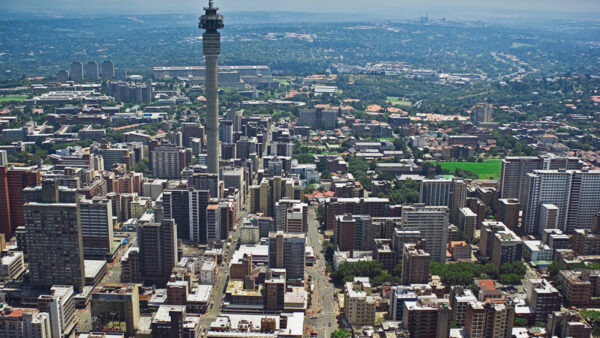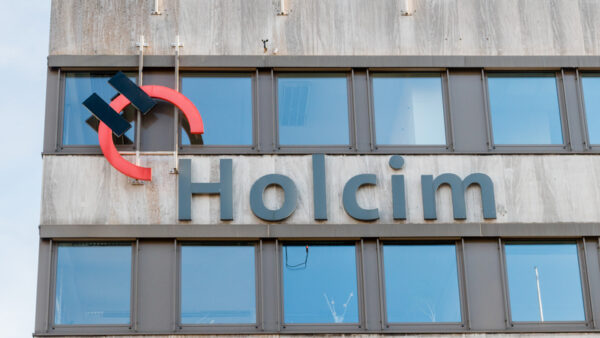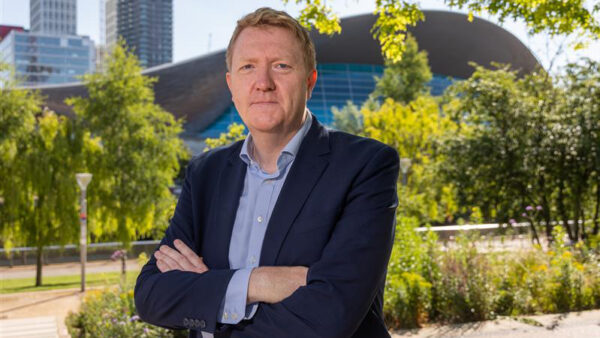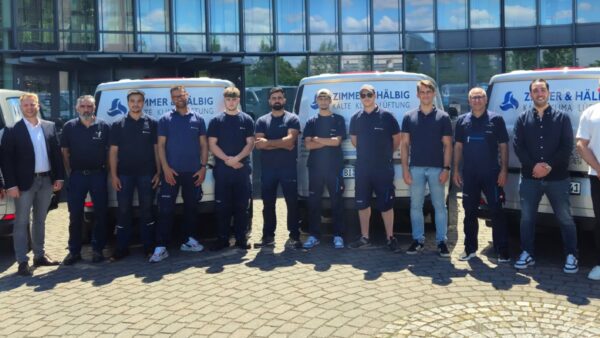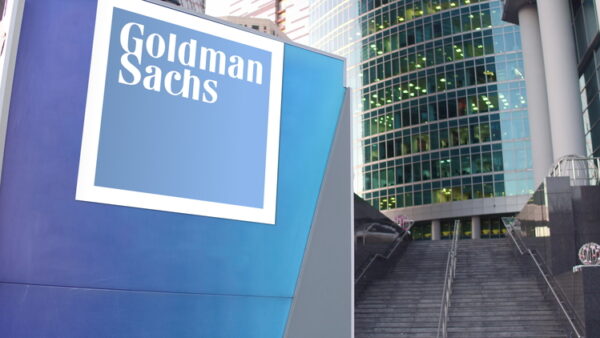London’s $14.8bn Crossrail scheme, the largest engineering project in Europe, and the largest in London for 50 years, has completed work on its 42km of tunnels.
The excavations required the use of eight machines working 24 hours a day, seven days a week, for three years.
David Cameron, the prime minister of the UK, visited the site of Farringdon station in central London to mark the occasion on Thursday (4 June).
He said: “Crossrail is an incredible feat of engineering that will help to improve the lives of working people in London and beyond. The project is a vital part of our long-term plan to build a more resilient economy by helping businesses to grow, compete and create jobs right along the supply chain.”
Crossrail’s delivery partner is the US engineer Bechtel. Ailie MacAdam, managing director for infrastructure in Europe and Africa, said: “One of the biggest challenges on this project was tunnelling beneath centuries of tightly-woven infrastructure. Huge tunnel-boring machines have been chewing up London’s earth around the clock, moving through ground honeycombed with networks of sewer lines, water and gas mains, foundations of buildings, and even some London Underground tunnels dating to the 1860s.”
The project is now 65% complete, and Bechtel’s 200-strong team will now focus on the integration and completion of rail and station systems in advance of testing, which will start in 2017.
The first Crossrail services through central London will start in late 2018. The line will increase the capacity of London’s passenger rail network by 10% and will carry an estimated 200 million passengers a year.
Some of the peripheral overground lines have already entered service. On 31 May the link between Liverpool Street and Shenfield in Essex joined the Transport for London (TfL) network.
London’s population is set to grow from 8.4 million today to around 10 million by 2030. The city as a whole is expected to need investment of $2.2 trillion in the next 35 years to meet the needs of these extra residents, while replacing and upgrading its existing infrastructure.
Image: A tunnel boring machine (known to her friends as Victoria) breaks through to Farringdon station (Source: Crossrail)

